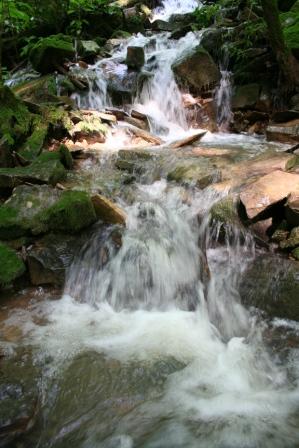Restoration of the longleaf pine ecosystem is a major effort with many difficulties. The largest difficulty with restoring longleaf pines is the extended time the plant spends in the grass stage. During the first 3 - 15 years, depending on competition, these plants expend almost all energy growing a long taproot and none on stem elongation. In this stage, the tree stem is only about 2-3" long and looks like a small stand of grass.

EMI is currently looking into procuring some longleaf pine seeds on which to test the air-pruning process. We have every reason to believe that this species will perform to the same standards as other EMI plants, meaning 3-5' of growth in the first seven months. This kind of growth rate could be a huge advantage for restoration projects. Planting a seedling at 3-5' would place the plant out of reach of most predators as well as above the burn height that threatens these trees during wild fires. Other basic air-pruning advantages would also apply; flood and drought resistance, early fruiting, high survivability and an earlier return of habitat for native wildlife.











